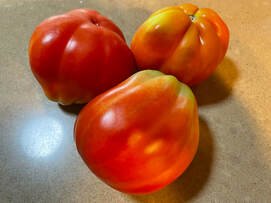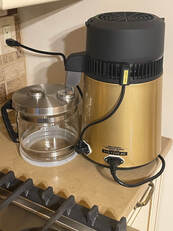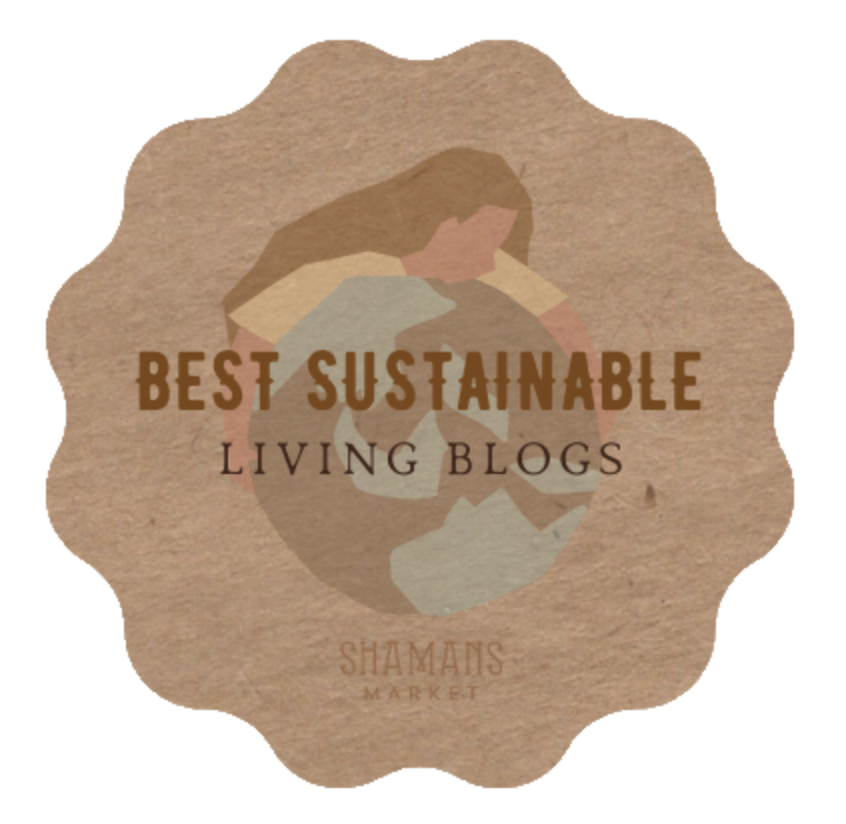 Normal Looking Tomatoes
Normal Looking Tomatoes In addition to the manufacturing processes placing ten to hundreds of thousand plastic particles into the liquid, our action of screwing the cap, from a plastic bottle on and off, can cause up to 2,500 plastic particles to be added into the drink.
Microplastics don’t go away, they just get smaller and smaller. A recent study also found that polypropylene feeding bottles for infants can release about 16 million particles per liter. This results in the estimated daily exposure, to infants, of 14,000 to 4.5 million particles.
At the California State Water Resources Control Board, Dr. Scott Coffin, a research scientist, said that while wastewater treatment plants are effective at removing microplastics, between 88 and 99% of plastics, what is removed is then turned into sludge. This sludge, contains a high level of nutrients, and is used as fertilizer on farms across the United States.
We know that plants accumulate microplastics through their roots and distributed them throughout their shoots. However, we do not know if plastic particles get into the actual fruits and vegetables that we eat. Another major problem is that we now know with increasing plastic concentrations in soils, we see decreasing plant production of fruits and vegetables! One study on tomatoes showed that once the maximum saturation point of plastic particles on the soil was reached, a complete inability of the plant to create tomatoes occurred!
We are our own worst enemy.
Bill Lauto, at GoingTrueGreen.com
Environmental Scientist
International Sustainability and Energy Consultant
Contribute your comments!























